
Post by : Meena Rani
Cathay Group is working toward a controlled and structured recovery of its operations after the severe disruption caused by Typhoon Ragasa, which forced the closure of Hong Kong International Airport and grounded flights across the region. Group CEO Ronald Lam said the airline had to ferry more than 50 aircraft out of Hong Kong to prevent storm damage and minimize operational risks.
Severe storm forces unprecedented measures.
Typhoon Ragasa, which swept through Hong Kong earlier this week as a Category 10 storm—the highest warning level—brought destructive winds, heavy rain, and dangerous storm surges to the territory. The extreme weather forced the closure of Hong Kong International Airport (HKIA) for one and a half days, halting both passenger and cargo flights and triggering widespread cancellations.
“We had to ferry more than 50 aircraft outside of Hong Kong to the Chinese mainland and Southeast Asia, to ensure the chance of any aircraft damage is minimal,” Lam said during the Routes World aviation conference in Hong Kong.
The precautionary move, though disruptive, was aimed at preserving fleet safety and ensuring that Cathay Pacific, Cathay Cargo, and its low-cost arm HK Express could resume operations as quickly as possible once conditions improved.
Large-scale flight cancellations
In the days leading up to and during the typhoon, Cathay Group canceled more than 500 flights as part of its safety-first approach. Lam emphasized that safeguarding passengers, employees, and aircraft remained the company’s top priority.
“We put safety as our primary consideration, so we make sure that our customers are safe, our people are safe, and our planes are safe,” he noted. “In the last few days, we made the decision, an early decision, to cancel more than 500 flights so that we ensure that our customers stay safe.”
Operations at HKIA resumed on Thursday morning, with all three runways back in service. More than 1,000 flights were scheduled in the following days as airlines sought to restore normal operations. However, Lam cautioned that some disruption would continue as schedules gradually return to balance.
A focus on structured recovery
Lam stressed that the resumption of services would follow an “orderly recovery” strategy rather than an abrupt return to full capacity.
“Today is the recovery day. We have to make sure that we have a very orderly recovery. So far, so good. Since early this morning, we have been recovering pretty well. This really showcased the agility and flexibility we have in Hong Kong in facing this kind of inclement weather,” he said.
The repositioning of more than 50 aircraft created logistical challenges, as planes needed to be returned to Hong Kong and reallocated to scheduled routes. Ground staff, crew rosters, and customer rebooking processes were also placed under strain, requiring coordinated recovery planning across the group’s airlines.
Growing risks from extreme weather
Lam highlighted that Typhoon Ragasa underscored the growing risks posed by extreme weather events to global aviation. “Inclement weather is more prevalent worldwide, and Hong Kong is no exception to this trend,” he said. “Therefore, we are well prepared in many ways.”
Cathay has been investing in digital tools and automation to improve resilience and responsiveness during such events. The airline uses artificial intelligence to model different operational scenarios, enabling it to optimize decisions on flight cancellations and recovery schedules.
“In terms of customer experience, we also use automation so that our customers will be notified of the cancellation on a digital basis, so that we can handle a massive number of passengers within a very short period,” Lam explained.
Balancing resilience and customer experience
The airline’s strategy reflects a broader trend in the industry, where carriers are seeking to strengthen resilience against weather disruptions while maintaining passenger trust and service quality. By relying on digital systems, Cathay aims to provide faster updates and smoother rebooking processes, mitigating frustration for customers affected by sudden disruptions.
Lam’s comments also suggest that Cathay views extreme weather preparedness as a long-term operational priority rather than an occasional contingency. With Hong Kong regularly exposed to powerful typhoons, Cathay’s ability to balance safety, efficiency, and customer care during such events could become a benchmark for regional airlines.
Cathay Group, Cathay Pacific, HK Express, Cathay Cargo


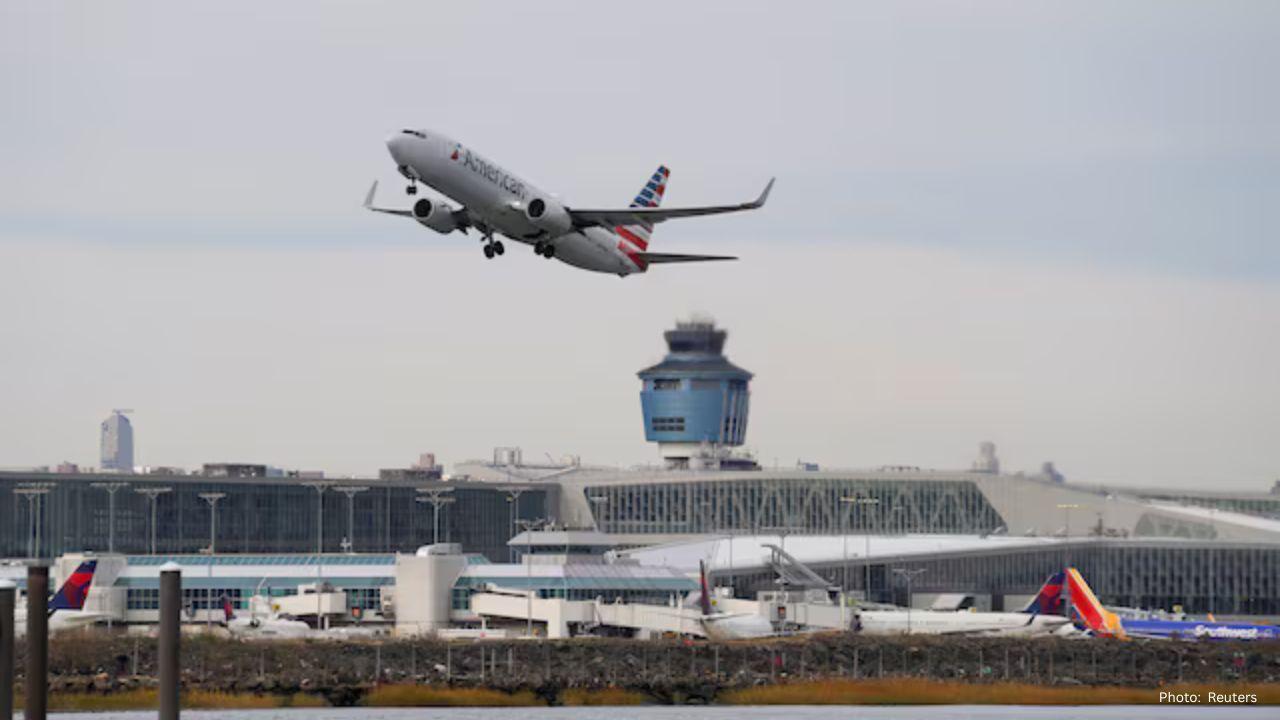
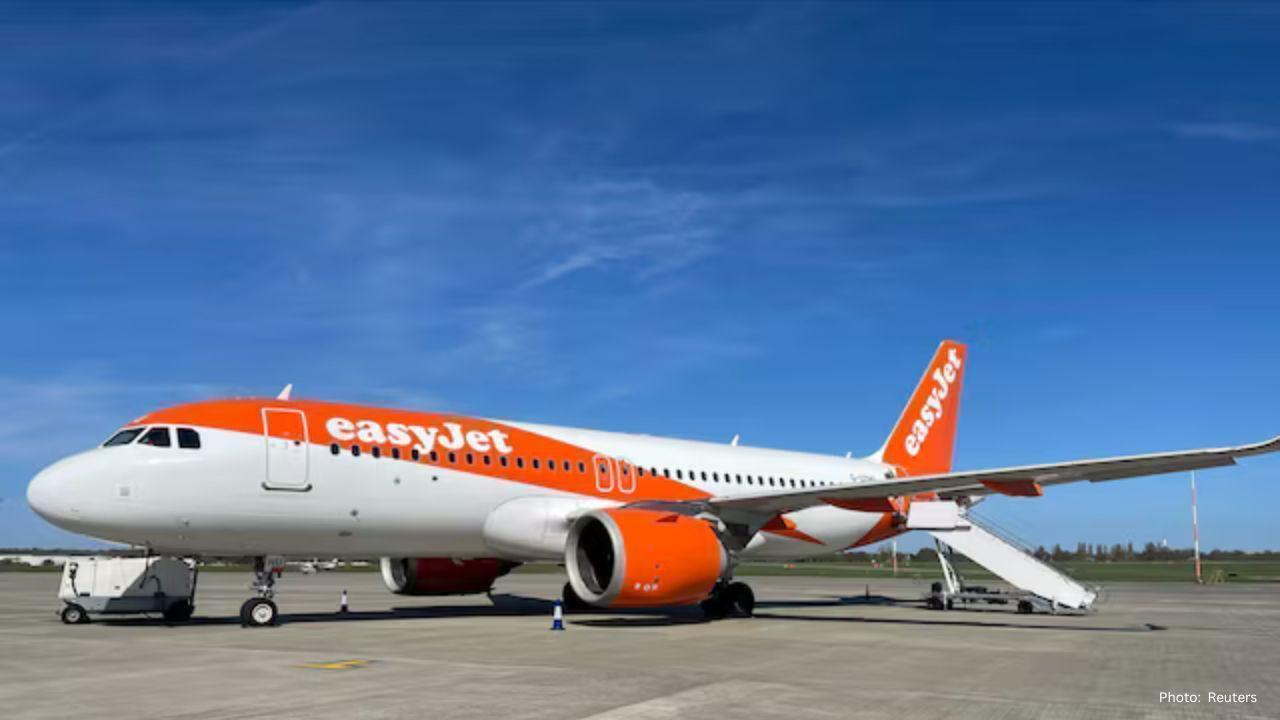


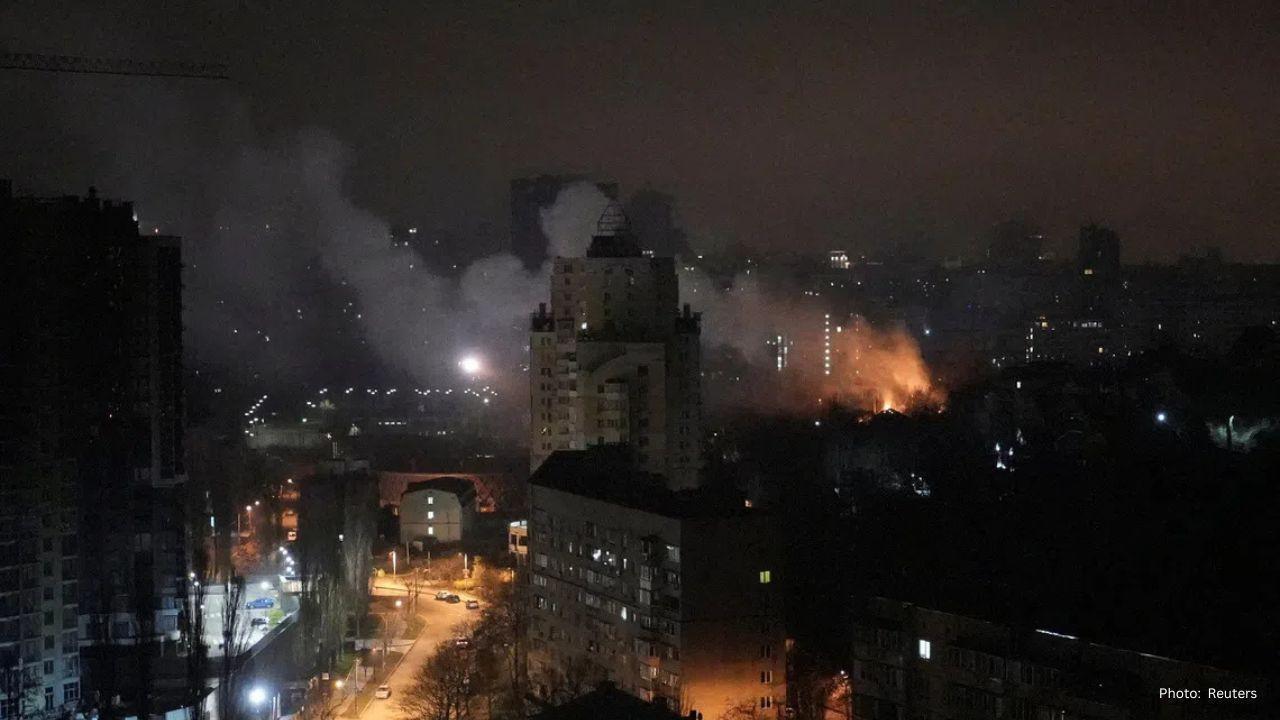
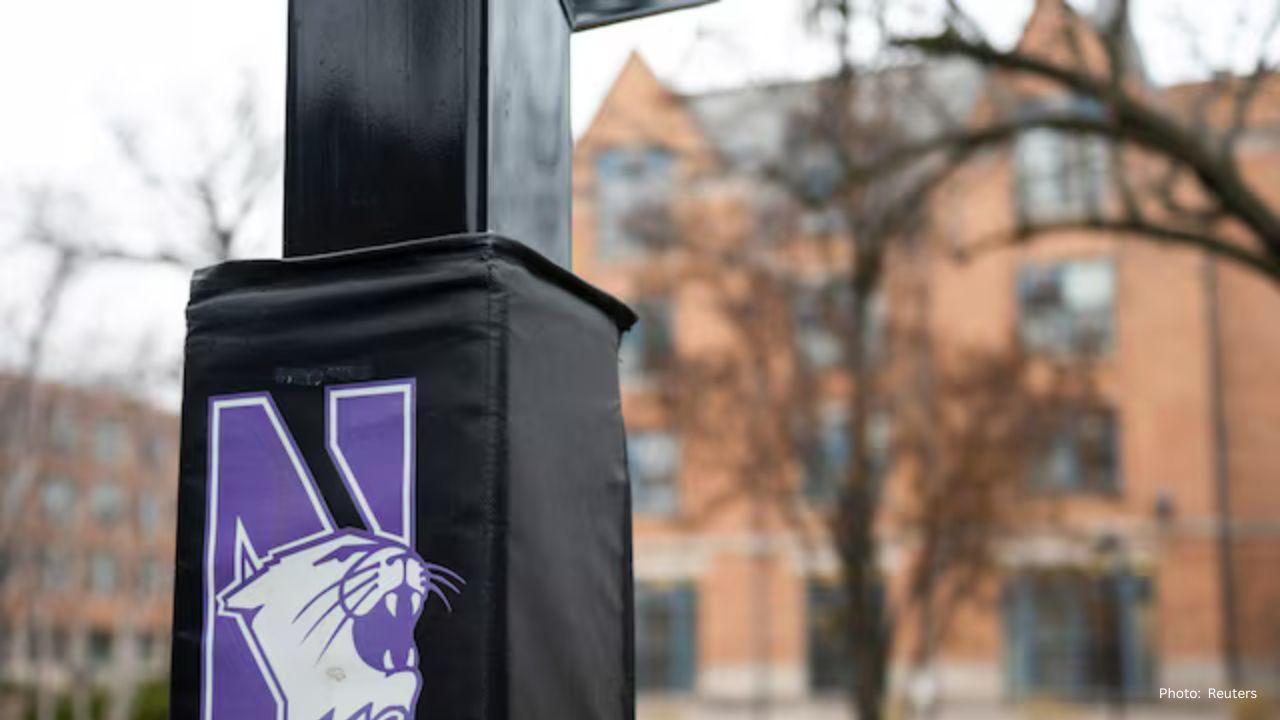
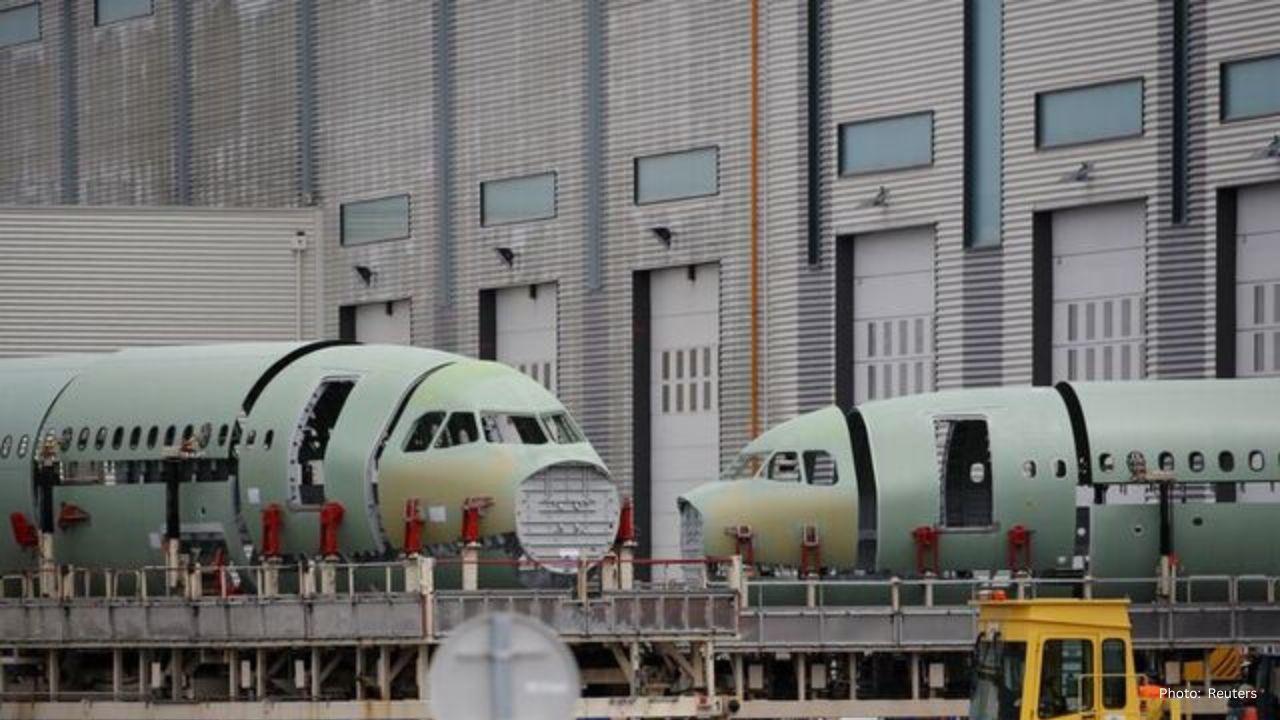

Advances in Aerospace Technology and Commercial Aviation Recovery
Insights into breakthrough aerospace technologies and commercial aviation’s recovery amid 2025 chall

Defense Modernization and Strategic Spending Trends
Explore key trends in global defense modernization and strategic military spending shaping 2025 secu

Tens of Thousands Protest in Serbia on Anniversary of Deadly Roof Collapse
Tens of thousands in Novi Sad mark a year since a deadly station roof collapse that killed 16, prote

Canada PM Carney Apologizes to Trump Over Controversial Reagan Anti-Tariff Ad
Canadian PM Mark Carney apologized to President Trump over an Ontario anti-tariff ad quoting Reagan,

The ad that stirred a hornets nest, and made Canadian PM Carney say sorry to Trump
Canadian PM Mark Carney apologizes to US President Trump after a tariff-related ad causes diplomatic

Bengaluru-Mumbai Superfast Train Approved After 30-Year Wait
Railways approves new superfast train connecting Bengaluru and Mumbai, ending a 30-year demand, easi